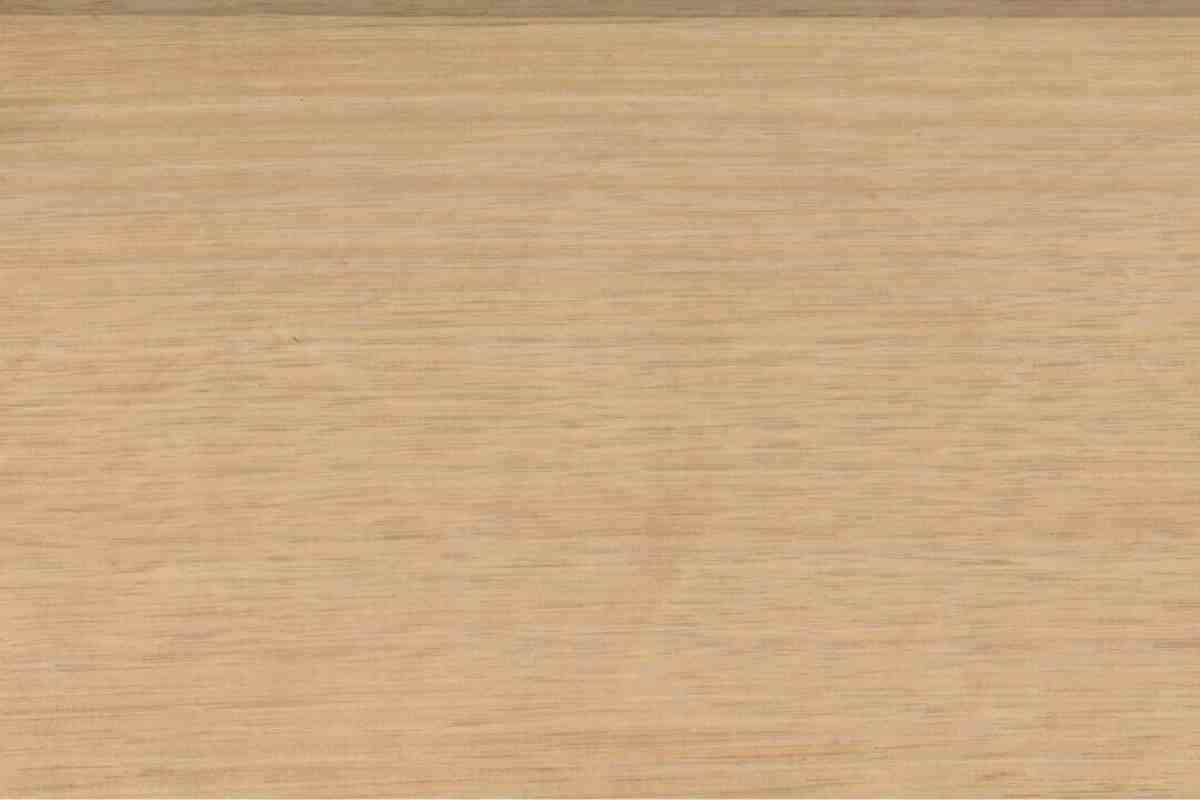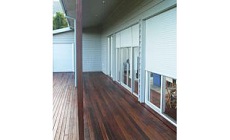

About us
We Are a family run Business that aim to help people in the purchase of Building products . With over 40 years expereince in the building supply industry we aim to do our best in helping people find the right product or at least point them in the right direction to companys that can help.
Brochures and links
Alpine Ash
Botanical name:Eucalyptus delegatensis Eucalyptus gigantean
Origin :Alpine Ash grows in the cold climate areas of Tasmania, eastern Victoria and south-eastern New South Wales.
Trading names : Alpine AshA mixture of two similar species--Alpine Ash and Mountain Ash--is often marketed as Vic Ash or Victorian Ash.
Appearance
Heartwood : pale pink or pale yellowish brown.
Sapwood : not clearly distinguishable.
Texture : moderately coarse.
Grain : usually straight but sometimes wavy, producing a fiddleback figure.
Growth rings : conspicuous.
General commentNeeds much care in drying because of proneness to collapse and internal checking, as well as surface checking on the tangential surface. Reconditioning is standard practice. For good-quality boards it is usual practice to quarter cut the logs.
Common uses :General construction, furniture, plywood, joinery, panelling, flooring, oars, skis, agricultural implements, handles, cooperage.
Properties
Hardness rating Average Hardness Rating - Dry: Soft
Lyctid Susceptibility of Sapwood
Origin Tasmania, New South Wales--Susceptible
Origin Victoria--Not susceptible
Origin not known--Susceptible(source AS 5604)
Termite Resistance of Heartwood (inside above ground) :Not resistant(source AS 5604)
Marine Borer Resistance of Heartwood;Class 4(source AS 5604)
Natural Durability Rating of Heartwood Above Ground :Class 3(source AS 5604)
Natural Durability Rating of Heartwood In-Ground Contact:Class 4(source AS 5604)
The ratings given here are:
Soft - less than 5.5
Moderate - 5.5 to 7.0
Hard - 7.1 to 10.0
Very Hard - greater than 10.0.
Lyctid susceptible sapwood:
Only the sapwood of some hardwoods is susceptible to lyctid borer attack. No softwoods are susceptible to attack.
Gallery








